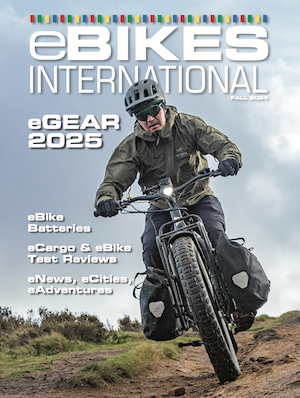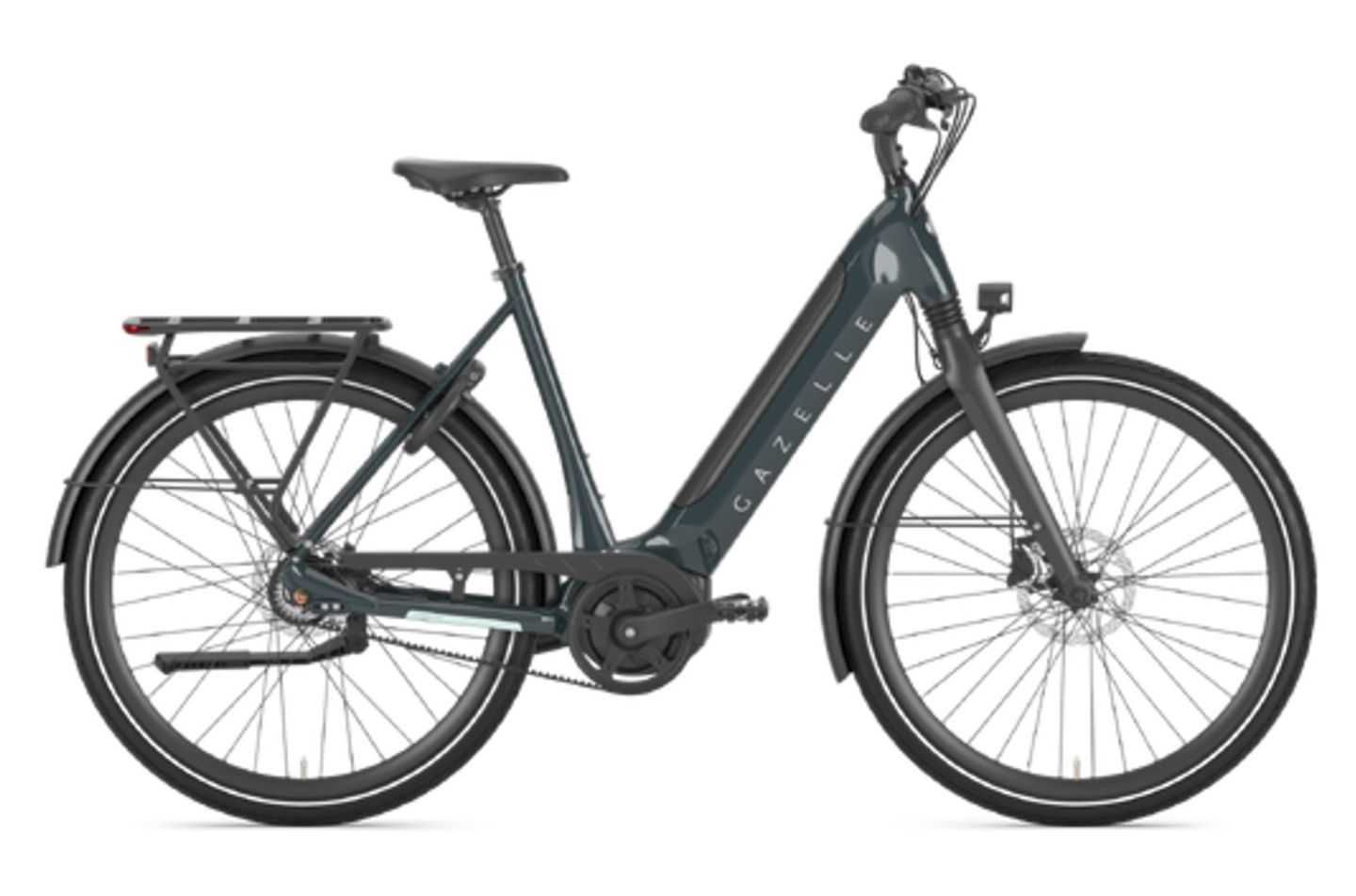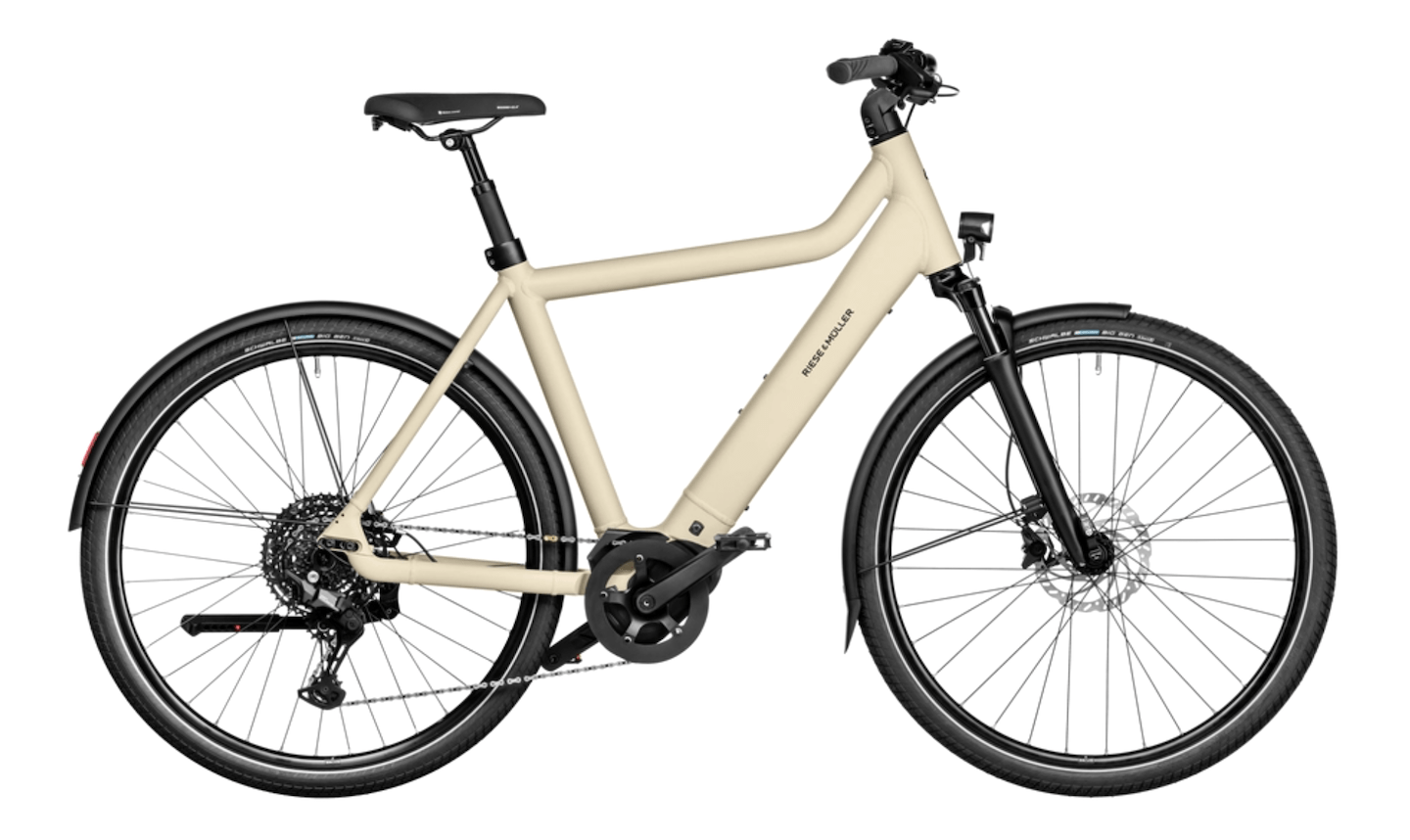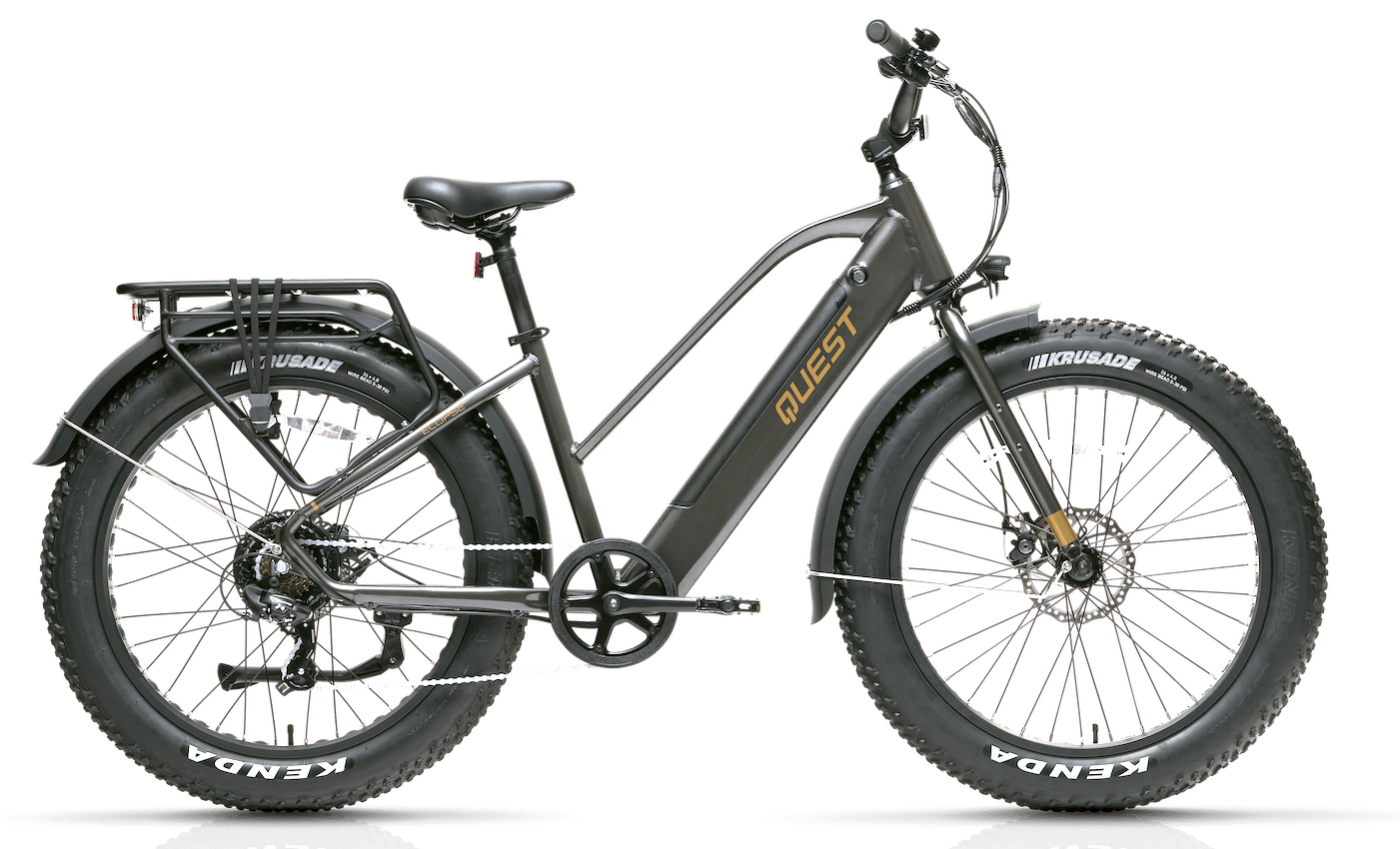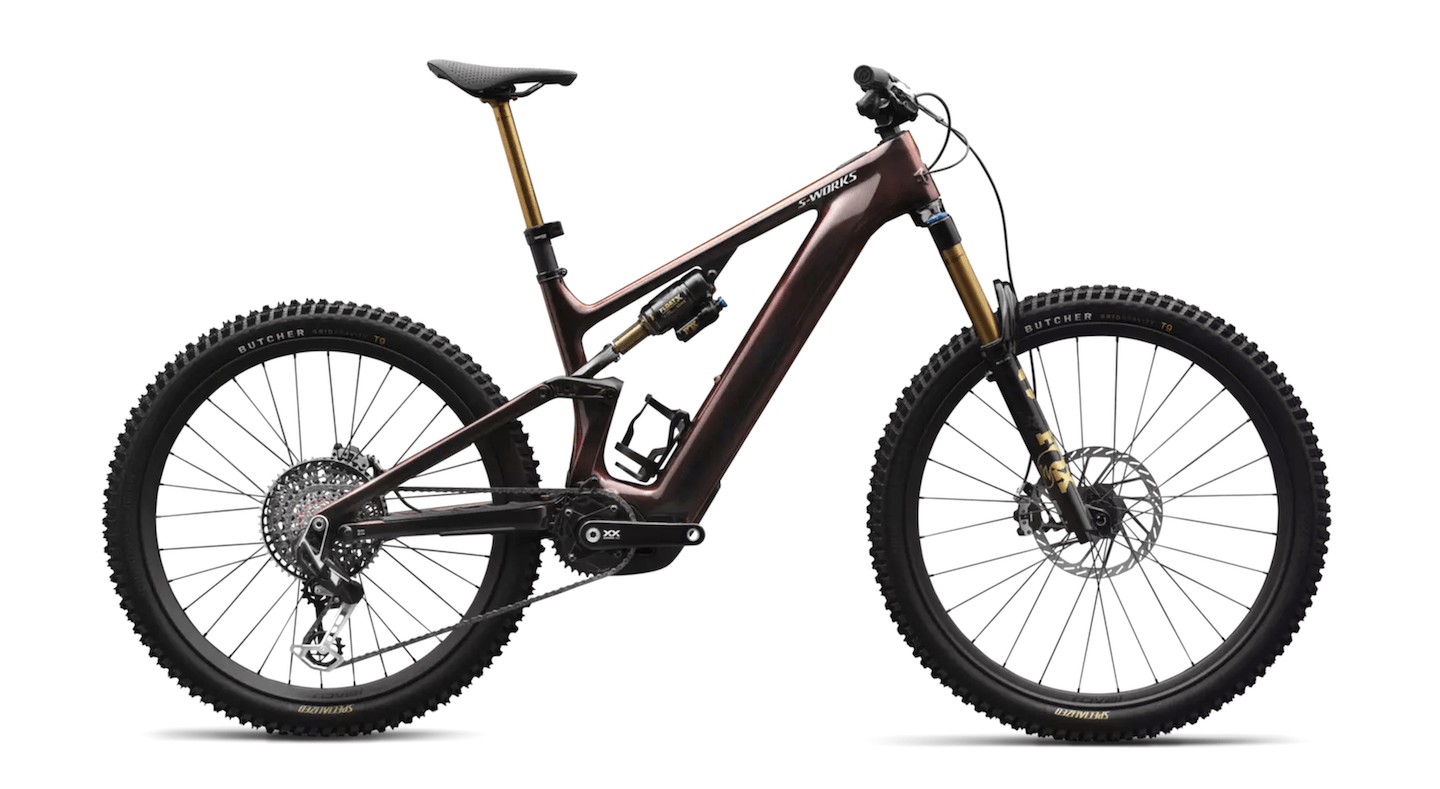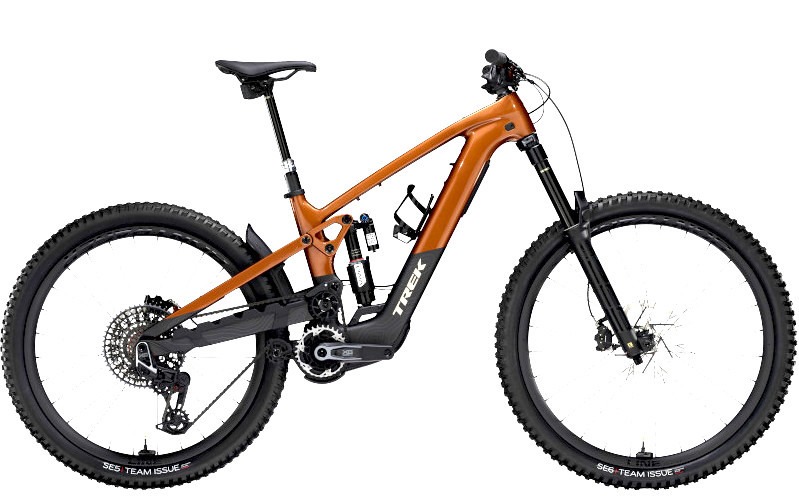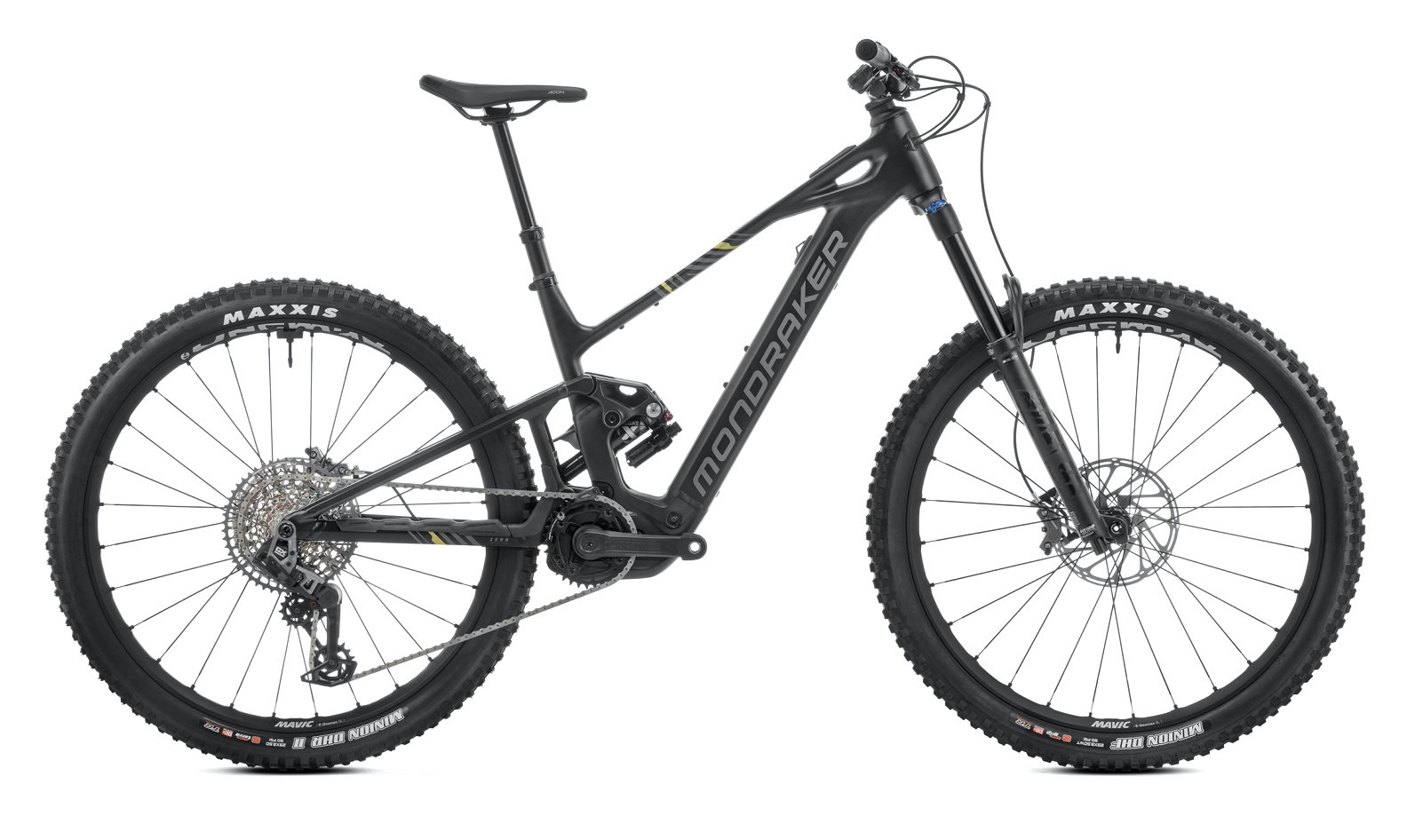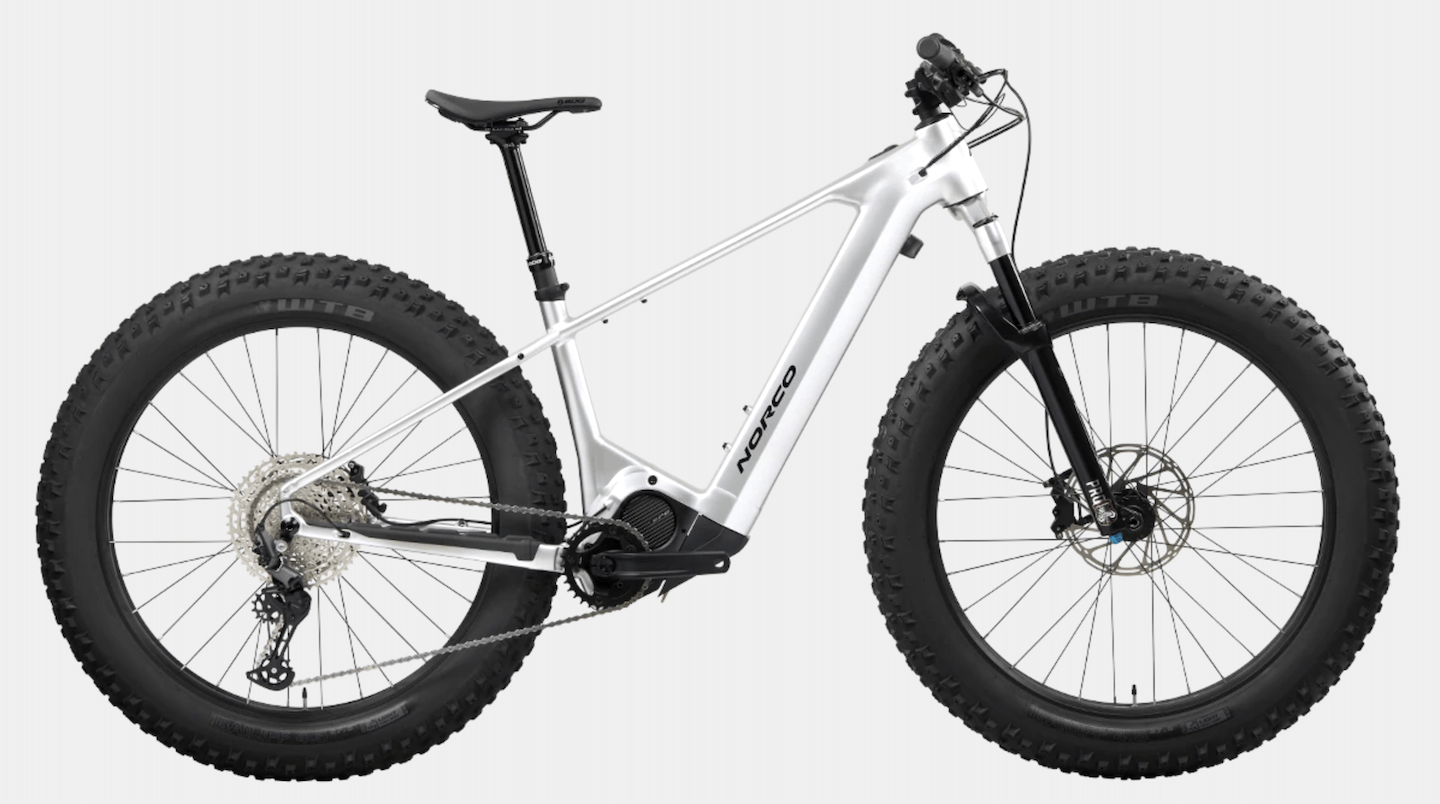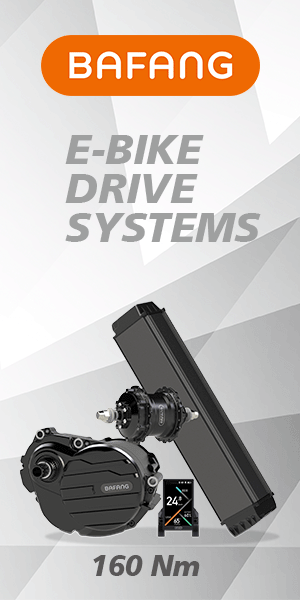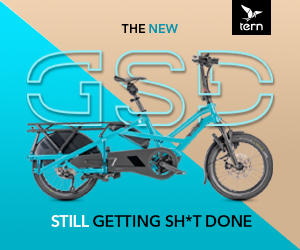March 24, 2022 - Shifting car trips toward increasingly popular e-bikes and e-cargo bikes can lead to transformative results with respect to lower greenhouse gas emissions, less congestion, and a healthier population reports David Zipper in Bloomberg City Lab.
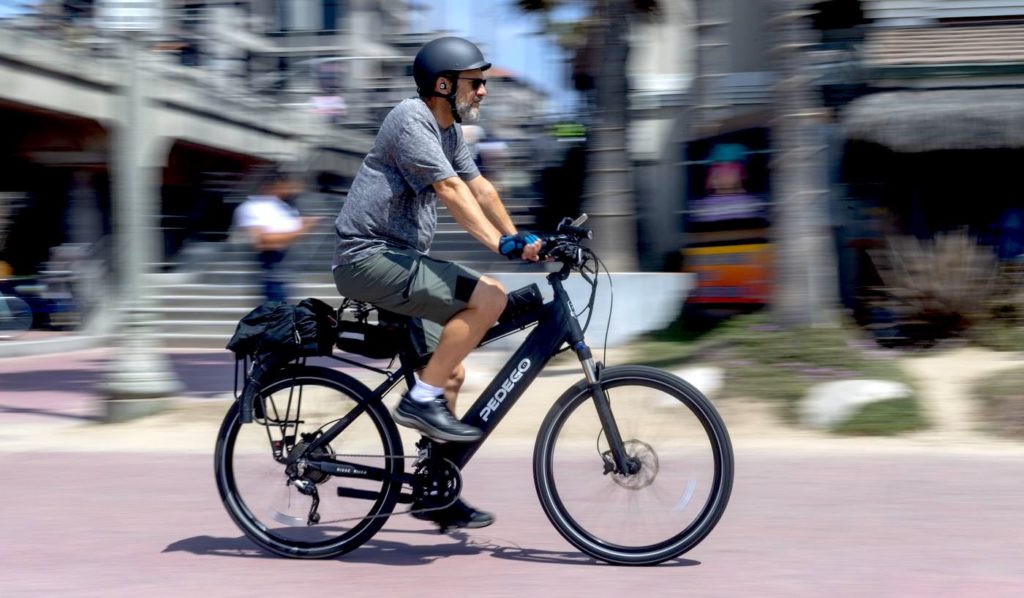
Yet US politicians still favour electric cars with the proposed Build Back Better Act which would see individuals making less than $82,000 would qualify for an e-bike credit, capped at $900, while those making up to $250,000 could receive up as much as $12,500 towards an electric car. Also e-bikes over $4,000 are ineligible for a credit, eliminating almost all e-cargo bikes.
Chris Cherry, a professor of civil and environmental engineering at the University of Tennessee who has studied e-bike adoption trends, says, “An e-bike is a car trip replacer, but an e-cargo bike is a car replacer. An e-cargo bike offers a chance to do just about anything that most Americans need a car to do, like school runs, grocery runs, and so on.”
A 2018 analysis of e-bike users conducted by Cherry and his collaborators found that just under 10% of e-bike trips replaced car trips. A separate bikeshare study in Knoxville, Tennessee, found that 11% of e-bikeshare trips replaced car trips which matched an e-bike trial in Brighton, UK that led to a 20% reduction in distances driven by participants.
Read the full report here.



